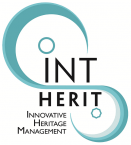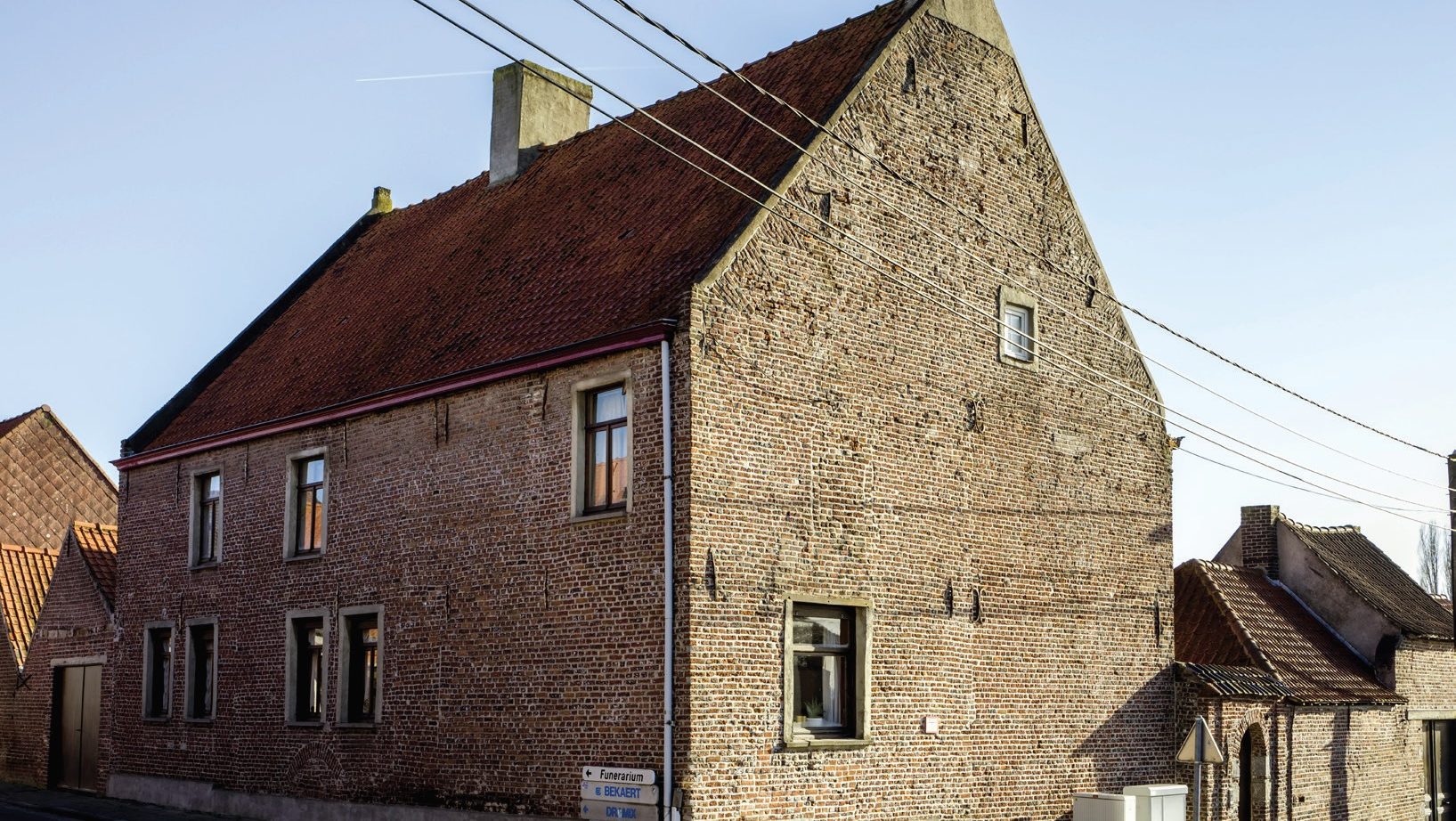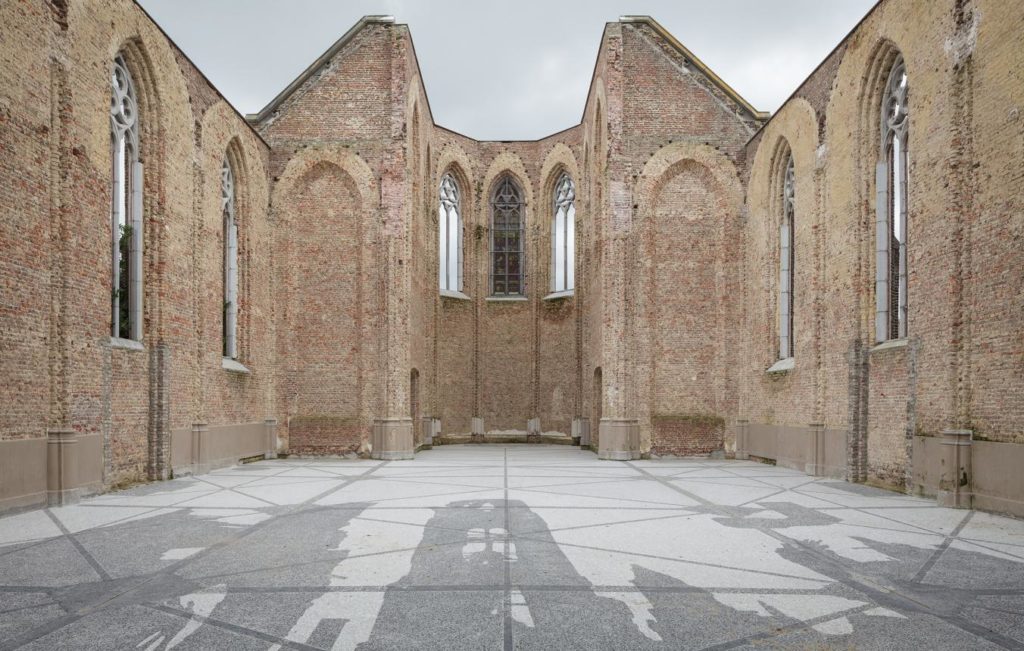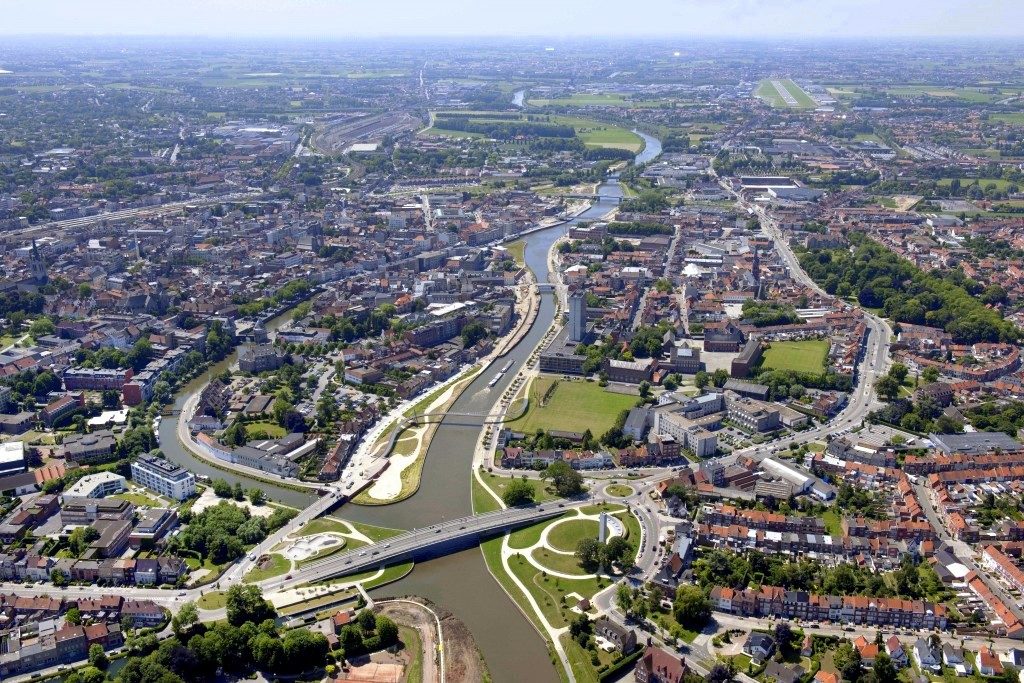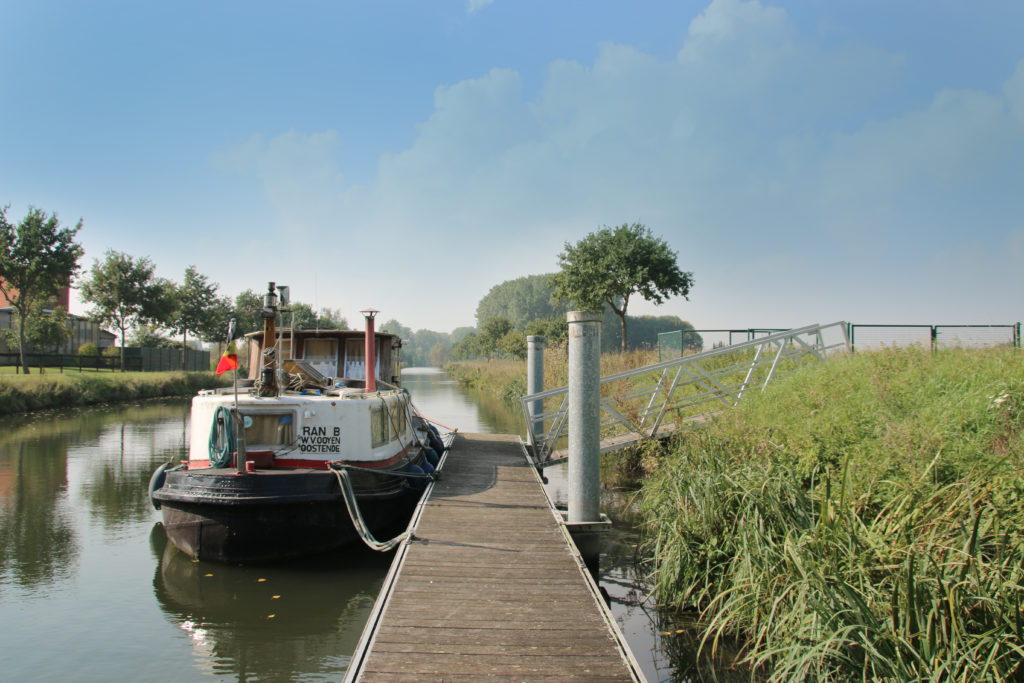Summary
The Kortrijk region has introduced the Action Plan for Architectural Heritage (APAH), an assessment framework for dealing with architectural heritage in the dynamic context of urban renewal. In fact, architectural heritage buildings have intrinsic values ??and the demolition or thorough renovation implies a reduction of the aesthetic or spatial qualities of the building or its surroundings.
The AHAP allows local authorities to establish a development profile and a locus value for all buildings included in the Flemish Architectural Heritage Inventory. The development profile of the building indicates which future value the building has and which spatial dynamics prevail in its environment. The allocation of the locus value is always a balanced judgement, in which the locus indicators and the development profile provide the arguments.
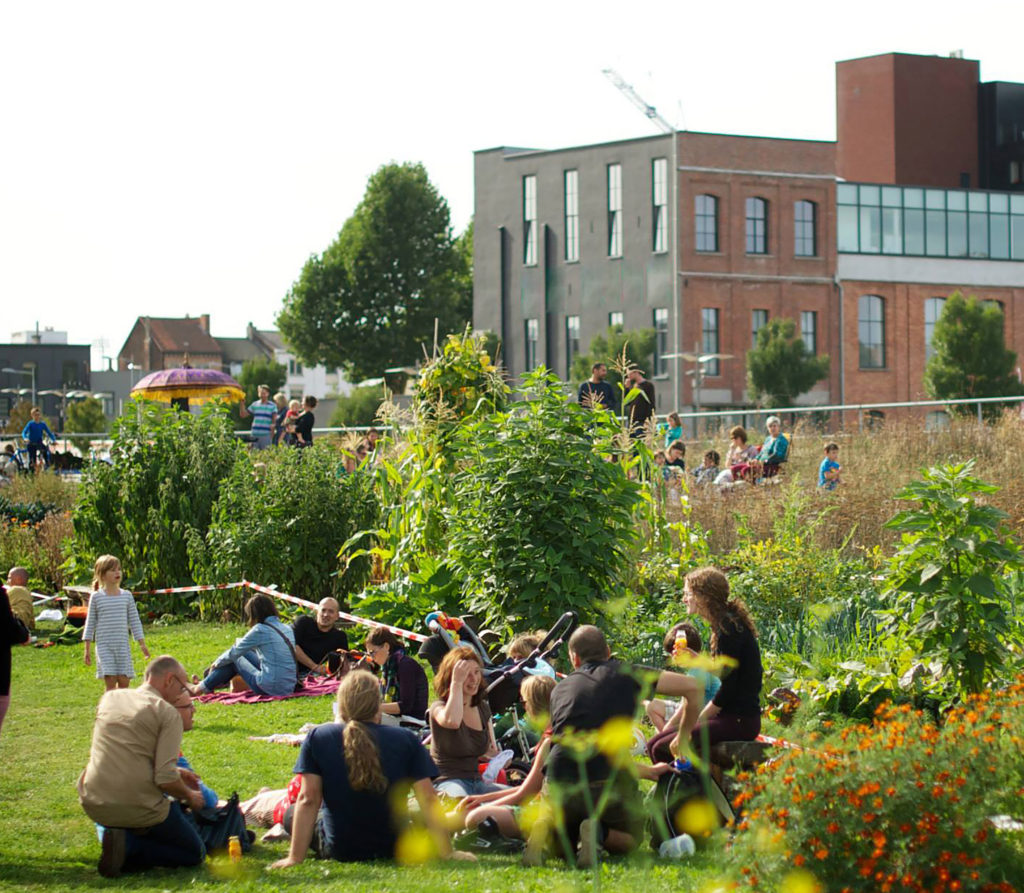
Solutions offered by the case example
The AHAP is fueled by the Flemish Architectural Heritage Inventory (FAHI), a static inventory with no or few updates and with no appreciation or evaluation of the listed items. Today, the FAHI is the only formal guideline in evaluating building permits for demolishing, renovating or restoring heritage buildings. It goes without saying that local authorities have a hard time discussing these building permits, as the FAHI offers little elements for decision-making. It also puts owners of these buildings in a precarious position, because uncertainty rules.
The AHAP puts an extra layer on top of the FAHI (data enrichment). Where the FAHI mainly focuses on the architectural-cultural properties of the building, the AHAP also addresses urban planning, building physics and aesthetic characteristics of the building, its spatial context and its cultural meaning for the municipality. All these dimensions come together in a locus value. The locus value gives the local authorities the tools for decision-making and quality assurance. It also ensures that the heritage status of the building is clear in advance and is known to all.
The Kortrijk Region
Building on the sustainable and integrated approach
The heritage value is evaluated from two perspectives: (1) from the importance of each individual building in its urban context and (2) from the meaning of its position in the urban development policy. In other words, the importance of the heritage value is evaluated bottom up (based on location visits) and top down (based on the intended urban development policy).
The locus values do not necessarily have a legal status. However, Leiedal recommends that locus values are confirmed by the municipal council and that local authorities set up advisory committees, which can advise individual cases in an independent and respectful manner. By assigning a locus value, local authorities opt for an integrated heritage policy with attention for both the past and the future of their municipality. It supports the development of a contemporary, outstanding, sustainable and qualitative urban environment.
Based on a participatory approach
Communication about architectural heritage policy was also improved, in order to create greater support. The results are poured into a geoportal, intended for citizens, civil servants and policy makers. All owners of architectural heritage buildings are invited to a meetings where the findings are discussed. Leiedal also provides an inspiring publication, made to measure for each municipality, with the examples of qualitative renovations of architectural heritage.
What difference has it made? How did the result indicator shift?
Leiedal has screened and valued about 4.000 buildings since the start of the project in 2016. Each building permit related to architectural heritage buildings is evaluated based on the locus value and development profile. General outcome is a better and more thoughtful preservation of architectural heritage in our municipalities.
Why should other EU cities use it?
The framework is straightforward, easy to use and transferable. The framework offers a solution for the management of those thousands and thousands of heritage buildings which are not listed monuments, but which have a certain value because of building physics, aesthetic characteristics and/or its cultural meaning for the municipality.
Key Facts and Figures:
Start and end dates of case example
Start in 2016 – still running
Date of preparation of this case example
2016
Who prepared the case example?
Intermunicipal organization Leiedal has elaborated this method, based on a framework developed by the Flemish Government Architect, the Department of Architecture Sciences at the University of Ghent and De Smet-Vermeulen Architects. All under the direction of Filip Vanhaverbeke, general manager of Leiedal.
Budget
Municipalities provide about 25 euros per item on the list. This includes preparation, field work, inventory, evaluation proposal, mapping of the geoportal, etc. Inter-municipal organisation Leiedal provides an equal amount for participatory trajectories, different communication moments, the made to measure publication for each municipality, the general maintenance and fee for the geoportal, etc. The regional approach provides benefits of scale for all the municipalities.
Extra information and hyperlinks
https://www.leiedal.be/ruimte-leefomgeving/onroerend-erfgoed/actieplan-bouwkundig-erfgoed (english version)
Example for municipality of Zwevegem:
https://www.zwevegem.be/actieplan-bouwkundig-erfgoed (english version)
https://geocortex.govmaps.eu/html/?viewer=Zwevegem_InventarisBouwkundigErfgoed
